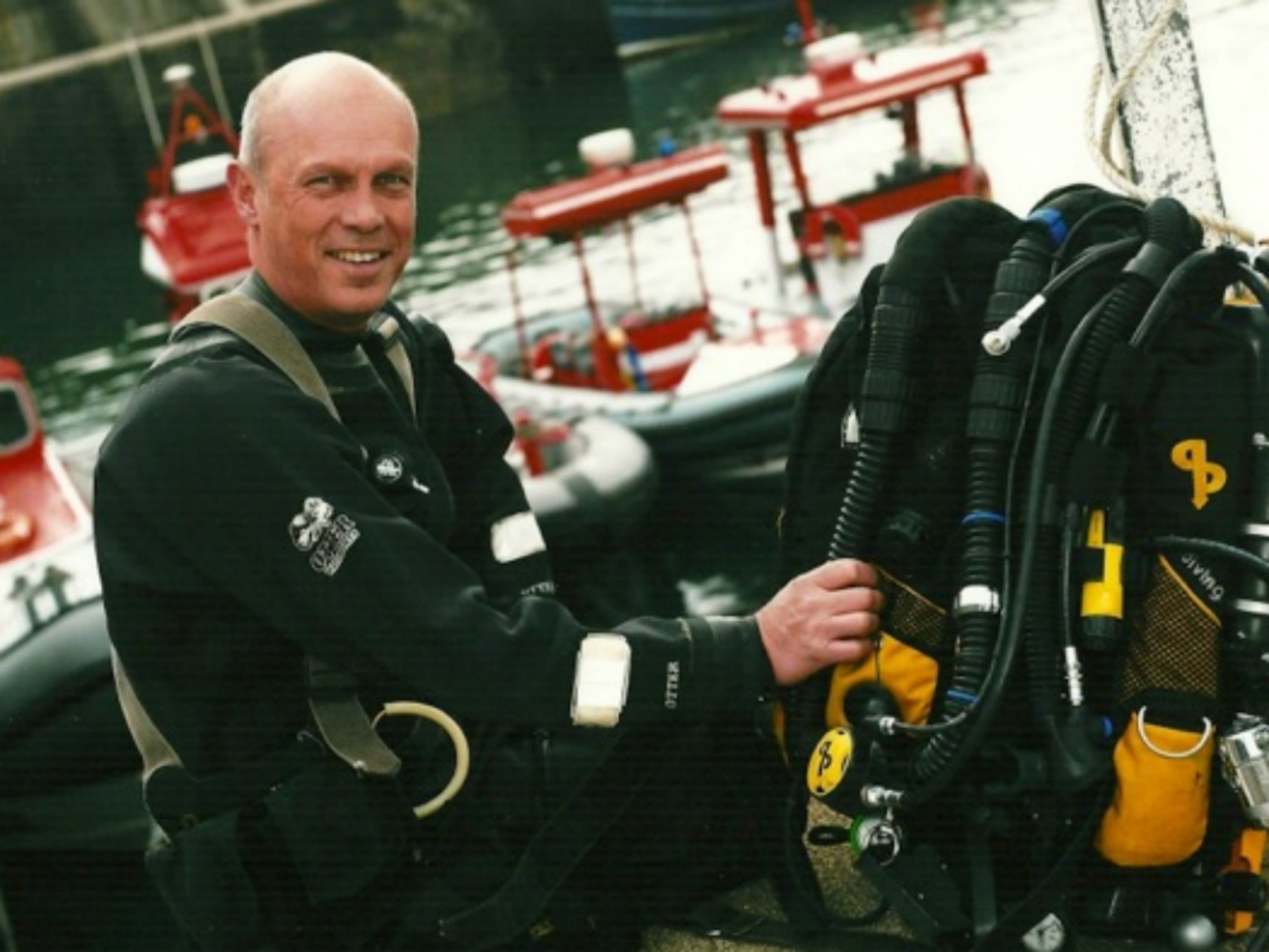It sounds like a dream job doesn’t it? Exploring battleships deep under the sea. Well for Stonehaven-based diver Rod Macdonald, it is his full-time job – that and writing books about his adventures. Here are four of the most interesting places he has explored.
1. Been diving the remaining three battleships and four light cruisers of the German High Sea Fleet scuttled in Scapa Flow, Orkney, on June 21, 1919, since 1982. Led to my fist book Dive Scapa Flow published in 1990 and still the main guide to the scuttled fleet up there.”
2. In 2001, I was involved as a civilian expert on a military expedition to Churchill’s favourite battleship HMS Prince of Wales and the battlecruiser HMS Repulse, both part of Churchill’s deterrent Force Z sent to Singapore to deter the threatened Japanese invasion of Malaya and Singapore. It was the first time a modern battleship has been sunk by air attack and her loss is seen as defining the end of the era of the battleship and ushering in the era of naval air power.”
3. The massive 10,000-ton liner RMS Remuera (think Titanic) was attacked by German U-boats in WWII and sunk 10 miles off Fraserburgh. We located it in about 2000 and were the first to dive it. We bought the wreck to preserve it for future generations of divers and stop salvage and pilfering from it.”
4. More internationally, I’ve been working out in the Pacific for the last few years looking at the 40 sunken Japanese shipwrecks in Truk Lagoon and the 20 in Palau. These resulted from two operations in 1944 by the U. fast carrier Task Force 58.”
